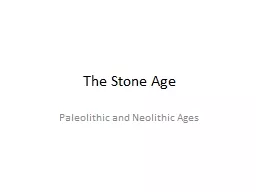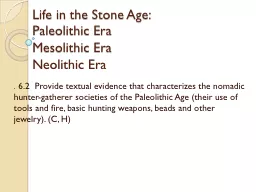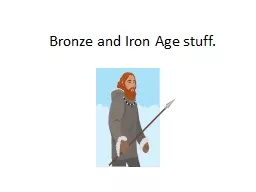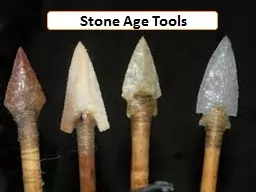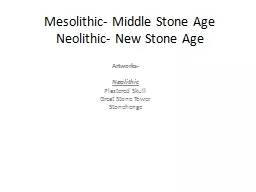PPT-The Stone Age
Author : cheryl-pisano | Published Date : 2016-08-03
Paleolithic and Neolithic Ages Bell Ringer Group A What do you see What do you think these footprints feel like Group B Write a oneparagraph 46 sentences story
Presentation Embed Code
Download Presentation
Download Presentation The PPT/PDF document "The Stone Age" is the property of its rightful owner. Permission is granted to download and print the materials on this website for personal, non-commercial use only, and to display it on your personal computer provided you do not modify the materials and that you retain all copyright notices contained in the materials. By downloading content from our website, you accept the terms of this agreement.
The Stone Age: Transcript
Download Rules Of Document
"The Stone Age"The content belongs to its owner. You may download and print it for personal use, without modification, and keep all copyright notices. By downloading, you agree to these terms.
Related Documents

